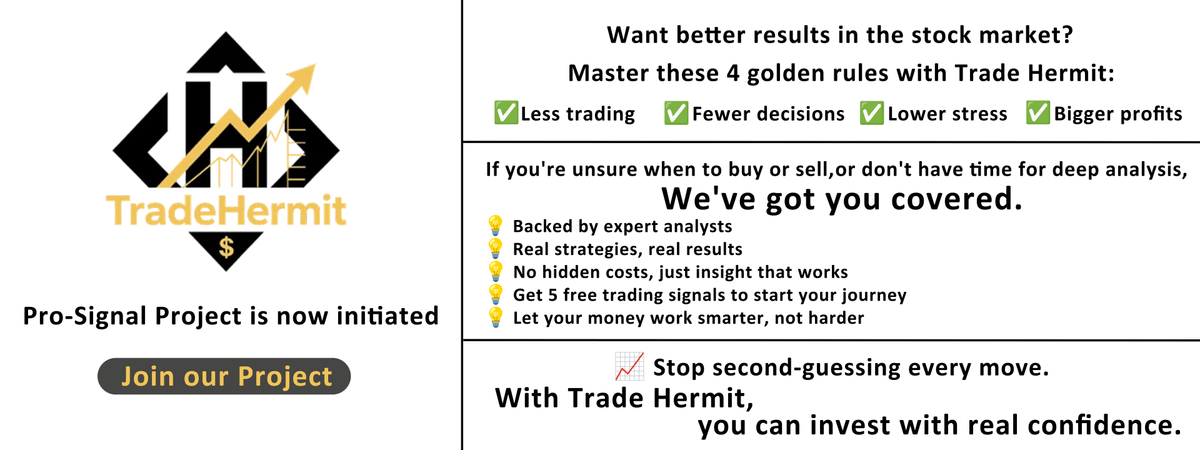On Monday, July 28, U.S. stocks continued their resilient "slow-and-steady" upward trend. The S&P 500 gained 0.02% (approximately 1 point), while the Nasdaq rose 0.33% (70.27 points), both indices oscillating at elevated levels without any sharp rallies or drops. Overall market sentiment remained positive, though short-term risks of a minor pullback to the 5-day moving average need to be monitored. However, the broader trend remains intact unless a large bearish candle (a drop of over 2%) breaks the current balance.
I. Index Performance: Slow Bull Trend Unchanged, Pullbacks as a Technical Need
The market continued its "slow and steady" trend today, with both the S&P 500 and Nasdaq inching higher and continuing to set new historical highs. This type of slow, oscillating rise is a normal technical adjustment—given the recent consecutive uptrend, a pullback to the moving averages is to be expected to confirm support. Historical patterns suggest that the end of such gradual trends typically occurs with an unexpected large bearish candlestick (over 2% drop), but there are no such signs currently, so the trend is likely to persist.
II. U.S.-EU Agreement: U.S. "Profit Taking," EU "Resigned"
A core factor behind the optimism in today’s market came from the conclusion of the U.S.-EU trade agreement, which includes tariff details: the U.S. will impose a 15% tariff on most EU goods (with a 50% tariff on steel and aluminum), but pharmaceuticals are excluded. The EU has agreed to $600 billion in direct investments in the U.S. and will procure $750 billion worth of U.S. energy products over the next three years (with annual purchases of $250 billion in natural gas and oil).
Key Dynamics:
- Trump hailed the deal as "the greatest agreement ever," while Von der Leyen acknowledged that "15% is not small, but it's the best result we could get," signaling a clear concession from the EU.
- The "America First" strategy is evident, with the U.S. benefiting from increased financial flows (energy and commodity purchases), while the EU sacrificed some industrial benefits.
For the market, this is seen as a strong positive catalyst for the index, though as the agreement is implemented, the risk of "good news being fully priced in" may arise.
III. China-U.S. Talks and Federal Reserve: The Likely End of Optimism, Policy to Remain Unchanged
China-U.S. Talks in Sweden: Potential Last Major Deal
The ongoing U.S.-China talks in Stockholm, which were expected to end the truce on August 12, may now be extended by another 90 days. Although expectations for the talks are low, historical precedence (such as the sudden Geneva agreement) suggests that if China accepts higher tariffs and commits to significant direct investments, it could become the last substantial agreement of the trade war. Once any such optimism is priced in, the core market-driving forces could weaken, and attention will turn to Trump's potential move to raise global tariffs to 15%-20%, leaving only the option to "pay tariffs to do business with the U.S."
Federal Reserve Meeting: No Rate Cuts, Dovish Comments Could Boost Risk Appetite
The Fed's FOMC meeting will start tomorrow (July 29), with markets anticipating a low probability of rate cuts in July (2.6%) and a 63.8% chance for a rate cut in September. The main event will be whether Powell's comments hint at "rate cuts by the end of the year" if data supports it. A dovish tone could boost market risk sentiment, whereas a hawkish stance would lead to a period of sideways consolidation. The Fed’s ongoing Quantitative Tightening policy is expected to continue, but there’s no clear timeline for when it might end.
IV. Figma IPO (FIG): High Valuation and AI Potential, But How Much Room for Speculation?
Today, all eyes were on the upcoming Figma IPO (ticker: FIG). The company, which offers a SaaS collaborative design tool, will be priced at $30–32 per share, raising $1.2 billion, with a valuation of $18.8 billion. Figma has gained massive traction during the pandemic, increasing its user base fourfold, and is often referred to as the "Google Docs of design."
Key Highlights:
- Gross margin of 90%, with low costs and high profitability.
- 13 million monthly active users, with 95% of Fortune 500 companies using its services.
- Launched AI features in 2023, including auto-generating UI components and smart templates, positioning itself as a competitor to Adobe.
Risks:
In 2022, Adobe attempted to acquire Figma for $20 billion, and this IPO valuation is close to that amount. If the valuation falls below $20 billion, there may be significant upside potential, but if it climbs above $40 billion, the speculation potential could diminish.
V. Palantir (PLTR) and UnitedHealth (UNH): Risks of Underperformance and Earnings Bombshells
Palantir: AI Developments Not Affecting Stock Price Yet
The U.S. Department of Defense recently tested its own AI tool, "Advancer", which may reduce its reliance on Palantir’s products. However, despite this news being a potential negative catalyst, Palantir’s stock has remained unaffected, suggesting strong investor confidence in its long-term prospects. However, the risks of relying solely on government contracts are becoming more apparent.
UnitedHealth: Earnings Outlook “Grim,” Long-Term Potential Uncertain
The Q2 earnings report for UnitedHealth (UNH) is a major focus tomorrow (July 29). The market expects revenue of $111.6 billion (+12.88%) and EPS of $4.22 (-7.02%). However, there’s considerable downside risk:
DOJ investigation into potential wrongdoing in its medical services business.
No clear earnings guidance has been provided, making it difficult for analysts to predict the company’s performance.
Potential losses may be included in the earnings report, weighing on stock price.
While UnitedHealth remains a strong long-term growth play, short-term risks abound, especially if earnings guidance proves disappointing, potentially driving the stock down to $250.
VI. AMD: AI Data Center Revenue Growth, Stock Price Ahead of Earnings
AMD has been on an upward trajectory, driven by expectations of a 57% increase in AI data center revenue, boosted by new cloud business from major players like Alibaba, Amazon, Google, and Oracle. The company is expected to report earnings on August 5, but the market has already priced in the growth. If the earnings report exceeds expectations, AMD’s stock could continue to surge, but if it only meets expectations, it may enter a period of sideways consolidation.
Conclusion: Slow Bull Trend Unchanged, Focus on "Final Mile" of Agreements and Earnings
The core logic behind the current slow-and-steady bull market remains intact: the market is gradually rising, digesting valuations, with corporate earnings (such as AMD and Figma) and policy catalysts (such as the U.S.-EU agreement) providing support. Short-term risks include the potential diminishing of good news (e.g., the U.S.-China talks and Fed statements), as well as the impact of earnings reports (especially UnitedHealth and AMD) on market sentiment.
Strategy: Continue to hold defensive stocks (such as those with high dividend yields), monitor new economy growth stocks (e.g., AI, SaaS), and wait for trend confirmation. The market will always oscillate between expectations and reality, and patience in following the trend is the best approach for navigating this slow-bull phase.

